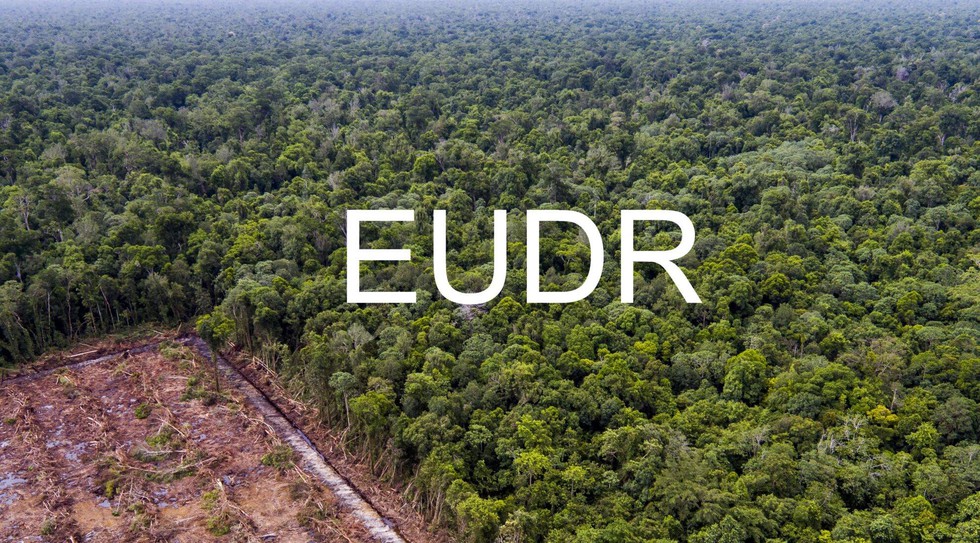About European Union Deforestation Regulation (EUDR):
- It was scheduled to commence on 30 December 2024.
- It has been introduced to limit the EU market’s impact on global deforestation/forest degradation and biodiversity loss, promote deforestation-free supply chains, reduce the EU’s contribution to greenhouse gases (GHG) emissions, and protect human rights and the rights of indigenous people.
- Under the EUDR, certain products for export to the European Union (EU) will have to meet new rules relating to the land on which they were produced.
- Commodities targeted by the EUDR are:
- Cattle (including beef)
- Cocoa
- Wood
- Coffee
- Oil Palm
- Rubber
- Soya
- It also extends to a range of relevant products derived from these commodities, such as leather, chocolate, and paper.
- Exporters will need to prove that these goods/products do not originate from land where forests haven't been cut since Jan. 1, 2021, regardless of whether the deforestation was legal in the countries of origin.
- They will need to provide clear evidence to EU operators and EU traders to support this.
- Small businesses further down the supply chain are subject to the same obligations and retain legal responsibility if regulations are violated.
- But they are not liable for due diligence for parts of their products that were already subject to review.
- Failure to comply can result in financial penalties and restricted access to the EU market.
- Country Benchmarking:
- The EUDR will also have a country benchmarking system. This will determine the deforestation and degradation risk of each nation.
- Nations will be classed on a 3-tier system, from low-risk to high-risk.
- A nation’s risk classification will establish the level of scrutiny by the EU. This includes the proportion of consignments inspected by the relevant authorities.
